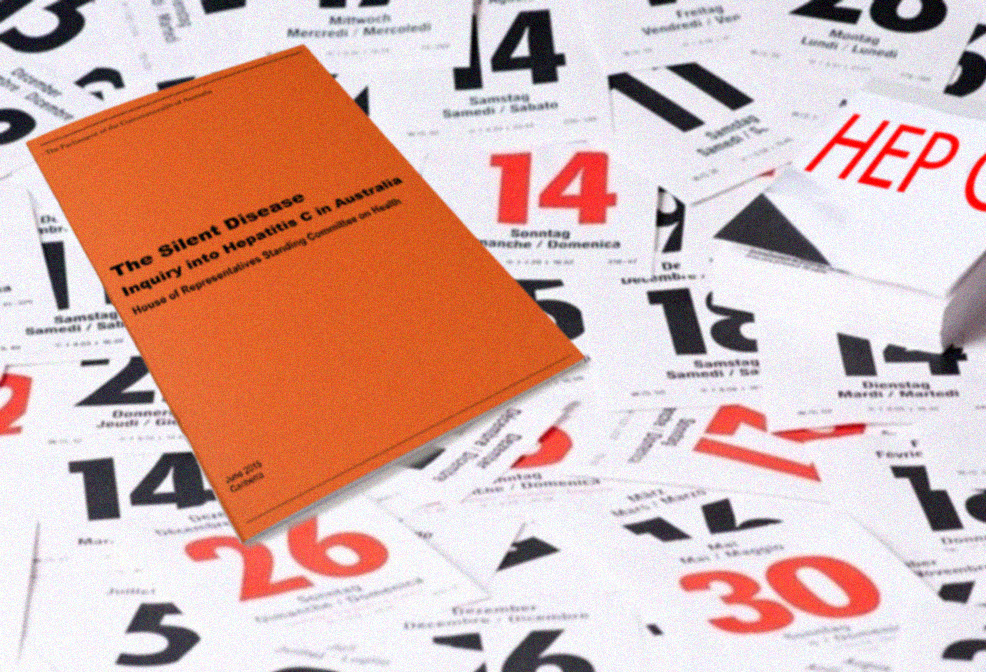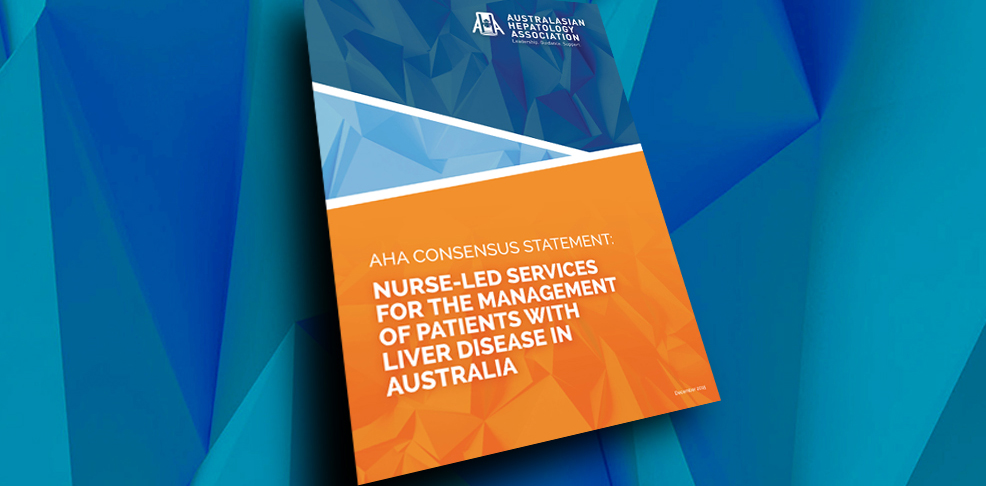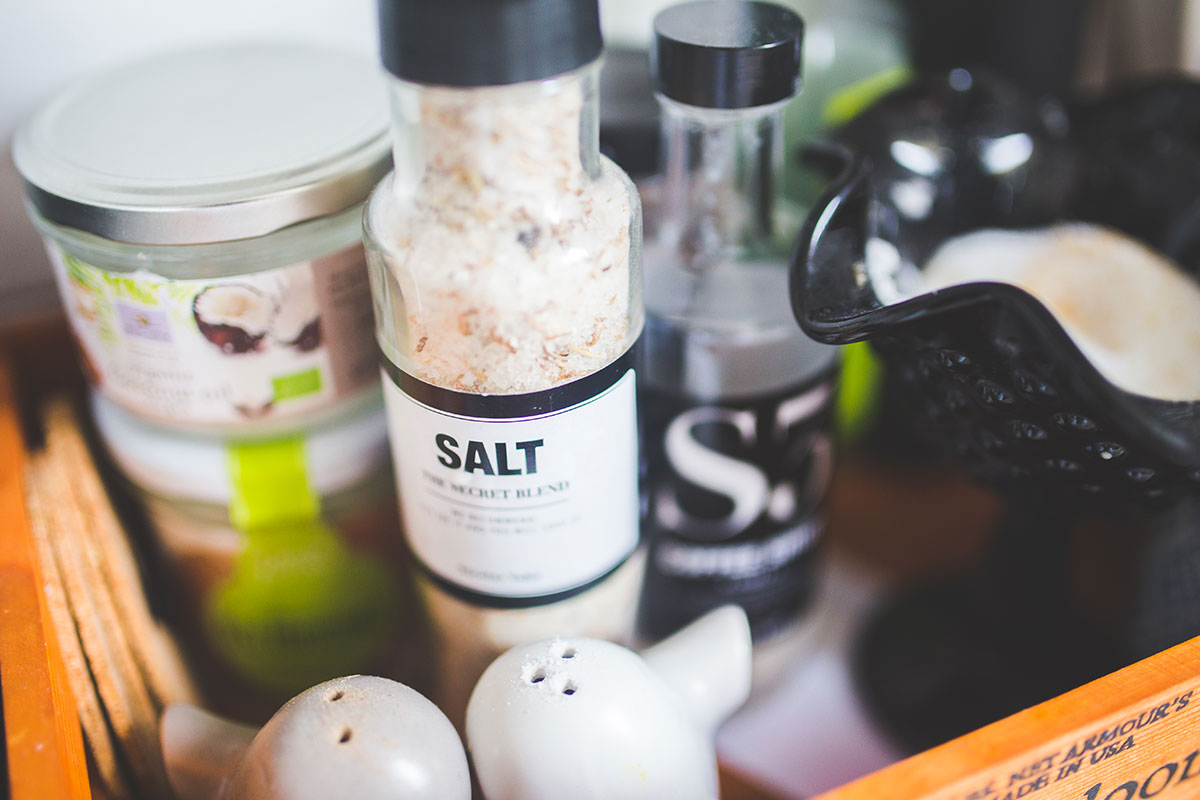Misinformation has reared its ugly head again as South Australians waded into the debate over the Du Plessis ball tampering drama.
The South African cricket captain’s controversial habit of polishing the ball with his saliva earned him a fine, and raised a storm of letters to The Advertiser. Among them was one titled “Dirty Saliva”, from Robert McRitchie, which proclaimed dramatically, and wrongly, that “SALIVA is a perfect medium for transmission of infectious viral diseases such as HIV and hepatitis C, just to name two.”
Continue reading “Saliva, Cricket and Viral Diseases – Hysteria Resurfaces”





